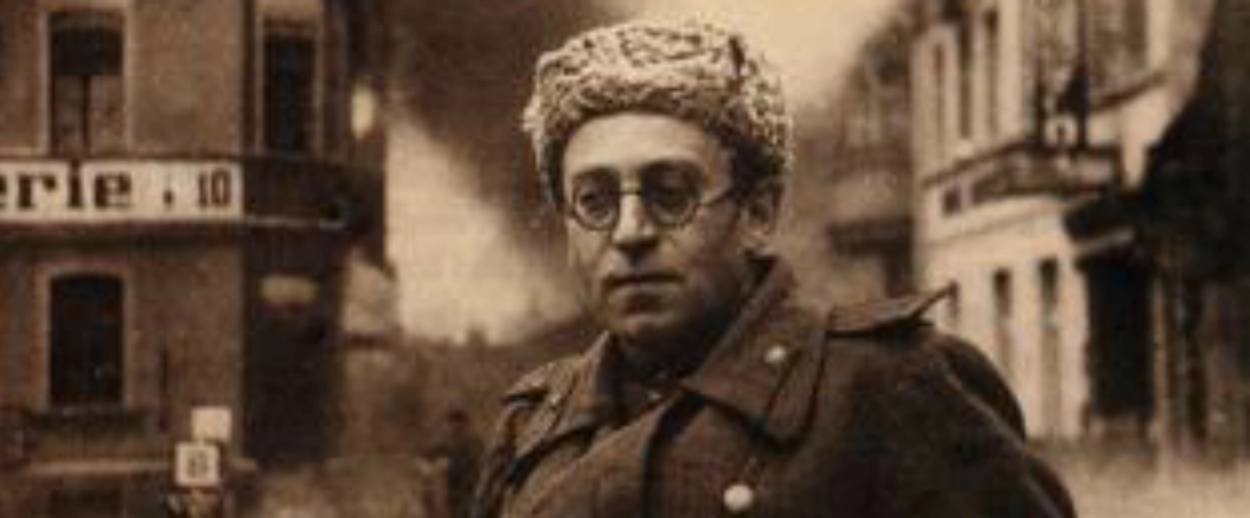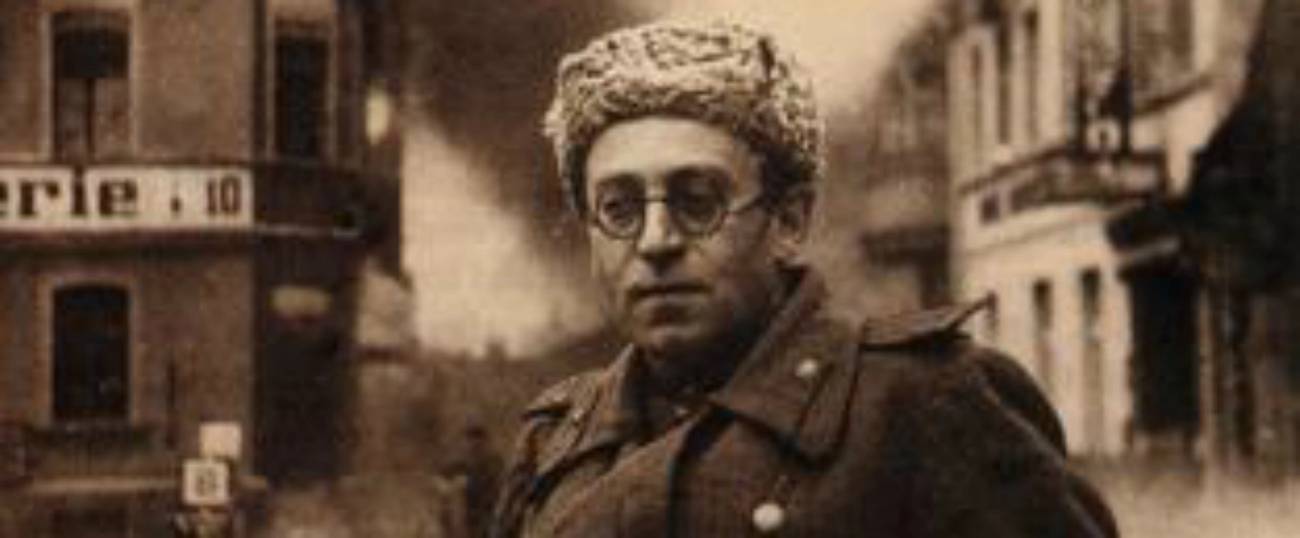The Jewish Anti-Fascist Committee Was Created to Document the Crimes of Nazism Before They Were Murdered by Communists
For the crime of acknowledging Jewish identity, the committee’s members were killed in a Stalinist pogrom




Perhaps the most heartbreaking moment in George Orwell’s satire on the Soviet Union, Animal Farm, is when the packhorse Boxer, who worked hardest for the “animal revolution” is murdered by the Stalin-pig named Napoleon.
The Jewish Anti-Fascist Committee (JAC), formed by Josef Stalin during World War II to raise funds for the Soviet war effort, was the human equivalent of Boxer. Stalin “rewarded” their tireless efforts on behalf of anti-fascism by murdering them on trumped-up charges beginning in 1948, a mere three years after the Holocaust.
The JAC fatally paid for their belief that Stalin was anti-Nazi; indeed they would realize far too late that Stalin was as anti-Semitic as Hitler.
As the Soviets engaged in a life-and-death struggle against their Nazi invaders during World War II, Stalin cynically formed the Jewish Anti-Fascist Committee for Soviet security needs. Composed of prominent Russian Jews (among them Soviet government officials, Solomon Lozosky and Solomon Bregman along with writers Shakne Epstein and Ilya Ehrenberg), the JAC was tasked by the Soviet leader to tour the West in search of funds for the Russian war effort.
Amazingly, much of this heavy lifting was done by two Soviet Jews, Solomon Mikhoels and Itzik Feffer, who served as Stalin’s emissaries to the Western nations.
During a seven-month tour of the West in 1943, including a rally in the United States attended by 50,000 people—the largest pro-Soviet event in the United States—the JAC raised $16 million from the United States, $15 million from England, and $1 million from Mexico.
The successful fundraising efforts earned Mikhoels and Feffer praise for their efforts from the official Soviet media organ, Pravda:
“Mikhoels and Feffer received a message from Chicago that a special conference of the Joint initiated a campaign to finance a thousand ambulances for the needs of the Red Army.”
In addition, they tirelessly did propaganda work for Stalin, assuring foreign audiences that there was no anti-Semitism in the Soviet Union.
In the postwar period, after Hitler’s armies had been defeated, the Jewish Anti-Fascist Committee continued their passionate anti-Nazism. They gathered material about the Final Solution. The result of their documentation efforts was “The Black Book of Soviet Jewry,” a compilation of evidence and testimony of Nazi persecution of Soviet Jews compiled by the Soviet-Jewish writer Ilya Ehrenburg and his compatriot Vasily Grossman, a writer whose work has grown considerably in esteem in the years after his death. Both men were JAC members and in the book, in addition to recording evidence of Nazi crimes, they singled out for praise those Jews who had resisted Hitler.
This would be the first nail in the committee’s coffin. For Stalin was angry that the book focused specifically on Jewish resisters to Hitler. Instead, he wanted the Soviet citizenry as a whole praised. In an omen of what was to come, the full publication of the book was never allowed and in 1948 the manuscript was destroyed.
In 1948, Stalin used the burgeoning Cold War as an excuse to unleash his anti-Semitism and began by liquidating the Jewish Anti-Fascist Committee. The paper-thin charges were that the JAC had been “turned” by Western anti-Soviets during their wartime tour of the United States. They were accused of trying to establish an anti-Soviet government in the Crimea to invade the Soviet Union.
That same year, Stalin had Mikhoels murdered by the secret police. The cover story was that Mikhoels had died in a car accident. The secret police dumped his body in the snow to be found by Soviet citizens. Following Mikhoels, many other JAC members were rounded up and murdered.
A year later, in a replay of the 1930s Purge Trials, 15 members of JAC were tried, tortured off stage into “confessing” to Zionist spy work for the United States (what assured their murders was the JAC’s support for Israel) and executed.
Aware of these executions, JAC member and Yiddish poet Perets Markish, who had once lauded Stalin as the world’s premiere anti-Nazi in a 20,000 verse poem, came to see the Soviet leader’s goals as the same as Hitler’s:
“Hitler wanted to destroy us physically; Stalin wants to do it spiritually.”
In 1952, Stalin ordered the murder of Markish along with 13 other JAC members and Yiddish poets; an event known as The Night of Murdered Poets.
Thankfully, Stalin died a year later. But even toward the end, he was trying to execute Soviet Jews. Thirty-five years later, as part of perestroika, the Russian government honored the members of the JAC.
Ron Capshaw is a writer living in Midlothian, Va.